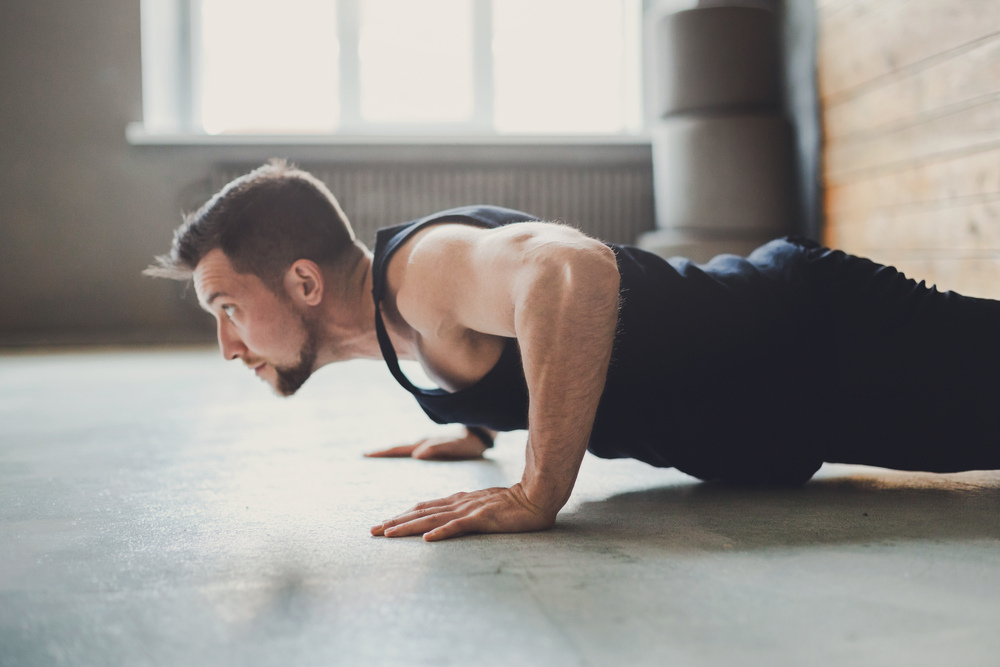
 Integrating a warm-up with physical activity has been shown to be beneficial for both performance and injury prevention.
Integrating a warm-up with physical activity has been shown to be beneficial for both performance and injury prevention.
While knowing a warm-up can have positive effects, it is important to know what to include in your warm-up.
Static stretching prior to exercise is commonly used as a warm-up technique in many sports, however research has shown sustained static stretching actually decreases performance directly after. There is also no improvement in power output and it does not have a significant effect on injury prevention.
Although the mechanisms are not fully understood, the use of foam rolling has been demonstrated to reduce pain associated with delayed onset muscle soreness (after exercise), increase range of motion and potentially has a better effect on performance than static stretching. Gentle use of the foam roller for 30-60 seconds per area seems to work better than shorter use, but once again this has no effect on injury prevention.
Multiple injury prevention studies have looked at more active approaches to warm-up routines and encourage a multimodal approach, which includes dynamic movements, agility and speed drills, high load-resistance exercise, balance and coordination exercises. Furthermore, the more specific the warm-up can be toward the sport or activity at hand, the better.
Field sports will benefit in performing their warm-up as close to the match start as possible.
Even a 3 to 7 minute half time re-warm-up strategy would be appropriate involving light continuous running and/or sprint drills to enhance running performance.
As previously mentioned, making your warm-up specific to your chosen sport can greatly improve the benefits of the warm-up. For example performing at least one race pace effort and a few near race pace efforts can result in faster running performance in sprinters.
Multiple studies have found performing high-load resistance exercises prior to sport significantly reduces the risk of some injuries such as hamstring and groin injuries. High-level balance and proprioception training including hop variations and foot work have been shown to help prevent injuries around areas such as the knee and ankle.
In summary there is very little value in having large amounts of static stretching included in your sport warm-up routine. Instead it should include dynamic movements that are similar to what you may need to use in your chosen sport. For example in football this may include jogging, running, squats, hopping, change of direction drills and potentially some weighted exercise. Doing a more relevant and dynamic warm-up is much more likely to hold better effects for performance and injury prevention.
